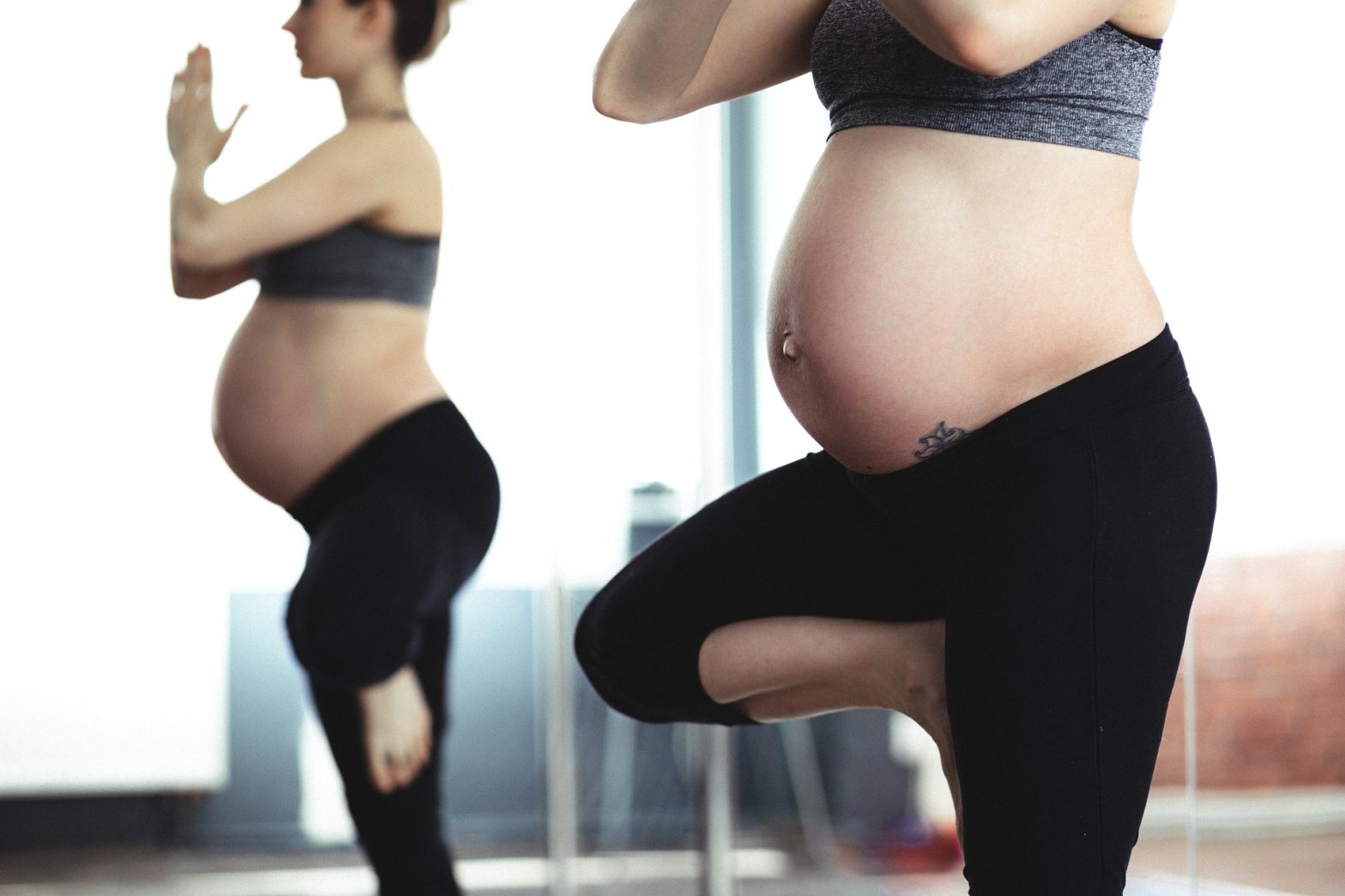Exercise Physiology to Support You in a Healthy Pregnancy
Pregnancy is a transformative time that may fill you with big emotions like excitement and anticipation. However, it can also come with physical and emotional challenges that require careful attention to health and wellness. While many women are aware of the benefits of staying active during pregnancy, understanding exactly what this looks like to be as safe and effective as possible can be challenging. Let’s discuss why working with an Accredited Exercise Physiologist (AEP) can make all the difference in a healthy pregnancy journey.

Accredited Exercise Physiologists (AEPs) are healthcare professionals who specialise in designing and implementing safe, effective exercise programs tailored to individual needs. For pregnant women, this means recieving expert guidance on how to stay active in a way that supports both maternal and fetal health through the many physiological changes that occur.
The recommendations for exercise during pregnancy do not differ greatly from the general healthy adult guidelines, although it is important that you take into consideration your exercise levels prior to pregnancy as this will determine what you can tolerate. There are also some contraindications to exercise that may impact your ability to exercise safely, so it’s best to keep your healthcare team informed about your exercise plans, particularly if you are experiencing any complications. Your AEP will work with your healthcare team to ensure a coordinated approach.
How much physical activity should I do?
If you are sedentary:
- Doing any physical activity is better than doing none.
- If you currently do no physical activity, start slowly and progress towards meeting the guidelines.
If you are active but not meeting the guidelines OR meeting the guidelines of 150-300mins per week:
- Be active on most, preferably all, days of the week.
- Accumulate 150-300 minutes of moderate intensity physical activity or 75-150 minutes of vigorous physical activity, or an equivalent combination of these, each week.
- Do muscle strengthening activities on at least two days each week targeting large muscle groups.
- Minimise the amount of time spent in prolonged sitting, and break up long periods of sitting as often as possible.
If you are exceeding the above guidelines:
- Upper intensity limit for exercise during pregnancy is not known.
- To ensure safety and wellbeing, highly active women, including athletes, should have their physical activity overseen and managed by an informed health professional.
- May continue with current program, as long as necessary modifications are made as the pregnancy progresses.
You can see with the above guidelines that regardless of whether you are relatively inactive, somewhat active, or highly active, that you can benefit from an AEP supporting you in your journey.
What sort of activity should I do / not do?
Activities that are considered SAFE include:
- Aerobic exercise (things that get your heart rate up such as walking, cycling etc.).
- Muscle strengthening exercises using body weight, weights or resistance bands.
- Pelvic floor muscle exercises.
- Pregnancy specific classes.
Activities that are considered UNSAFE include:
- Activities that involve significant changes in pressure (e.g. sky diving, scuba diving etc.)
- Risk of contact/collision
- Risk of falling (i.e. activities requiring high levels of balance, coordination and agility)
- Heavy lifting
How hard should I exercise?
Current physical activity guidelines recommend moderate and vigorous intensity activities, and this is also largely dependent on the activities you participated in before pregnancy.
You can use a rating of perceived exertion scale to judge the intensity of activities. On this scale, where 1 is sedentary (not moving) and 10 is maximal effort, activities in the range of 3-7 are considered safe and recommended for health benefits in pregnant women.
Intensity may also be judged using the ‘talk test’; in moderate intensity activities women should be able to carry on a conversation, while in vigorous activities they would find this difficult.
Your AEP will be able to ascertain what this looks like for you in your individual circumstances and fill you with confidence in your physical activity routine.
Exercise physiology is an essential component of a healthy pregnancy, offering numerous benefits that go well beyond simply staying fit. By working with an AEP, pregnant women can ensure they are taking the safest and most effective steps towards a healthy pregnancy and smooth delivery. If you’re pregnant or planning to become pregnant, consider consulting with an AEP to create a personalised exercise plan that meets your unique needs. Your body – and your baby – will thank you.
Tamika Hassum
Women’s Health Accredited Exercise Physiologist
For more information, visit the ESSA screening tool: https://www.essa.org.au/common/Uploaded%20files/About%20Us/APSS/Pregnancy%20Screening%20Tool_FINAL_May%205%202021.pdf’
